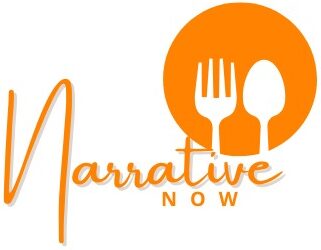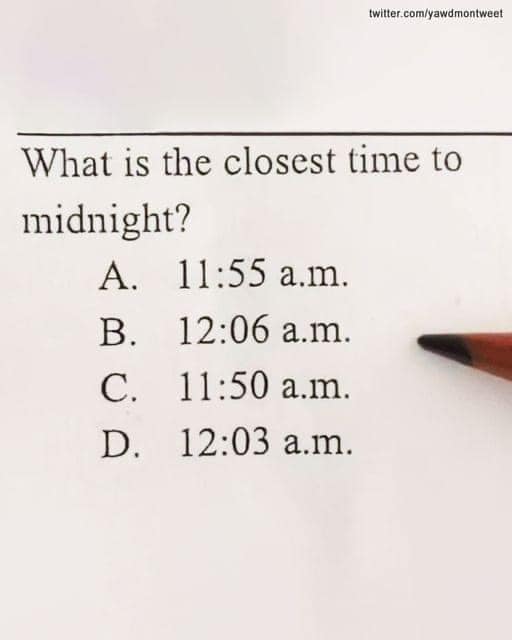Debating Interpretations and Seeking Solutions
As users grappled with the puzzle, the prevailing consensus leaned toward option “D.” Many participants believed that 12:03 a.m. was the closest time to midnight, considering the progression of time either forward or backward from the central point.
However, alternative interpretations emerged, with some participants highlighting the ambiguity in the question’s phrasing. The distinction between “closest time to” and “closest time until” played a crucial role in shaping diverse perspectives. Some argued for option “A,” contending that it was the closest time to the next occurrence of midnight.
Creative interpretations also surfaced, as some participants considered the proximity of the written word “midnight” in the options. This led to the selection of option “A” by those who associated it closely with the word itself.
The Role of AI in Resolving the Puzzle
During the debate, some participants turned to artificial intelligence for assistance. The chatbot ChatGPT provided a straightforward solution, stating, “The closest time to midnight would be D. 12:03 a.m.”
The Controversy of Multiple Correct Answers
Amidst the fervent discussions, a commenter pointed out the potential for confusion among young learners and argued that the question might have more than one correct answer. The distinction between interpretations, such as the closest time until the next midnight or raw minutes forward or back, was highlighted as a source of frustration and potential dislike for mathematics among students.
As the online debate rages on, the question remains: Which option would you choose, and do you agree that this puzzling question can have multiple correct answers based on different interpretations?

